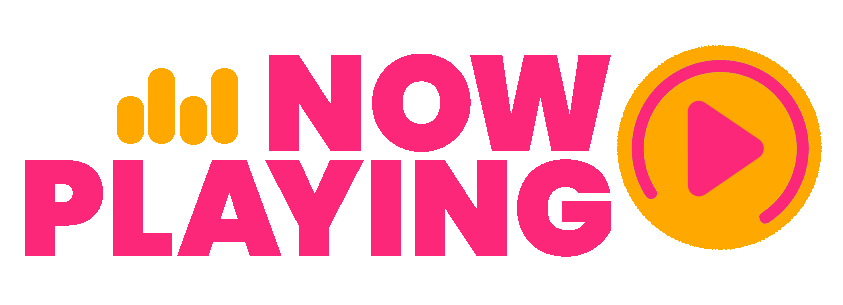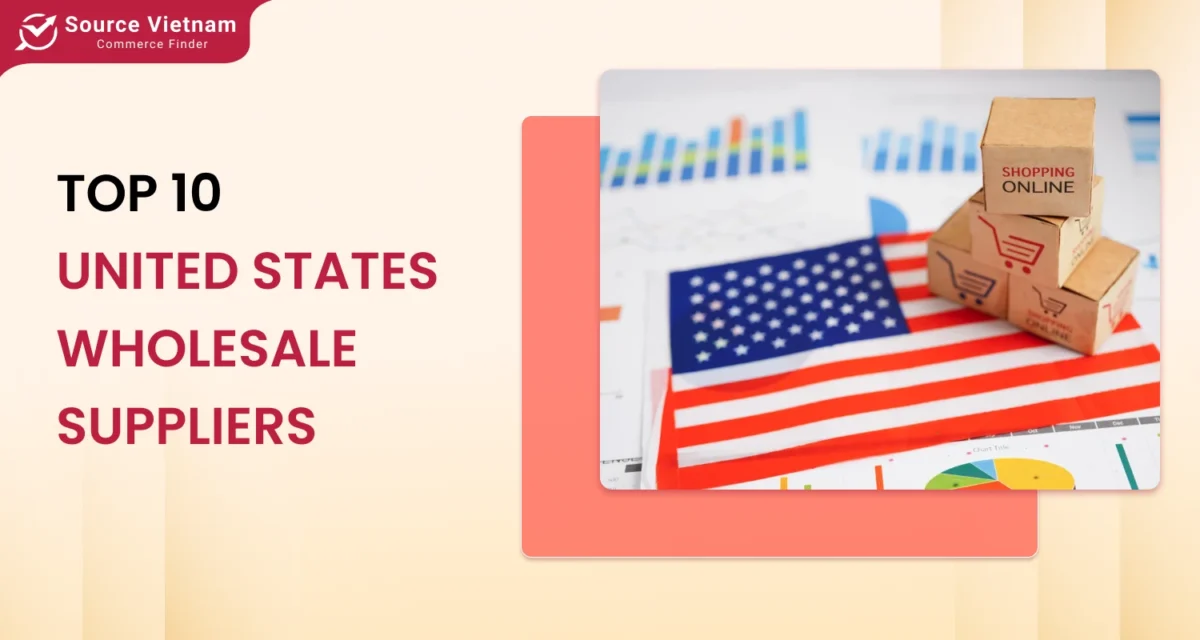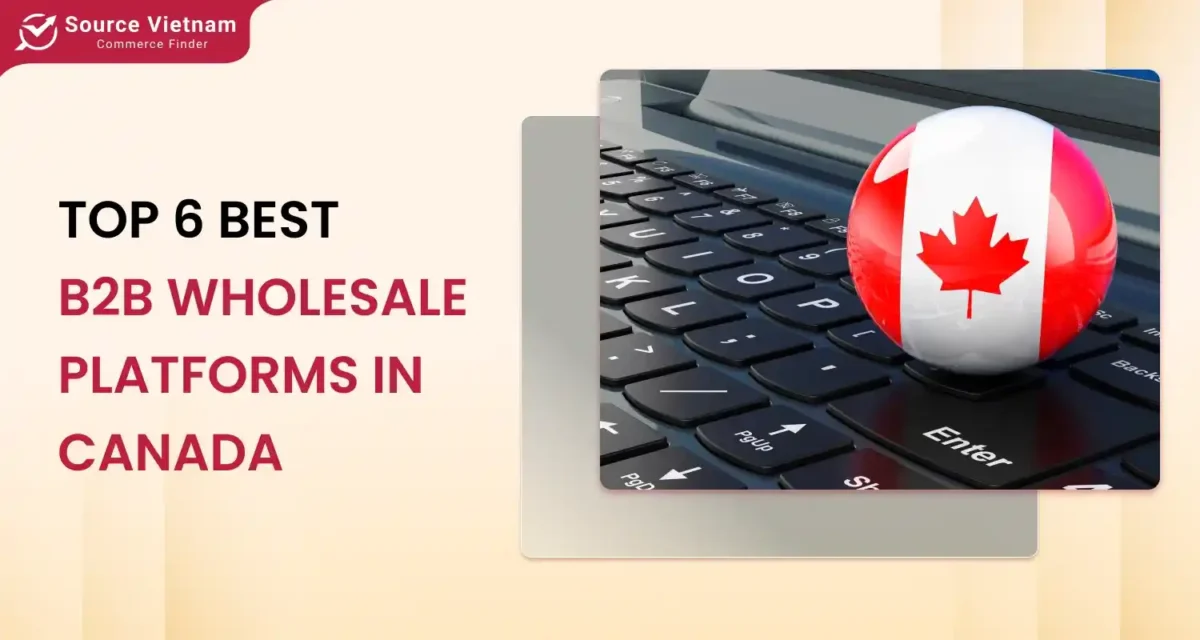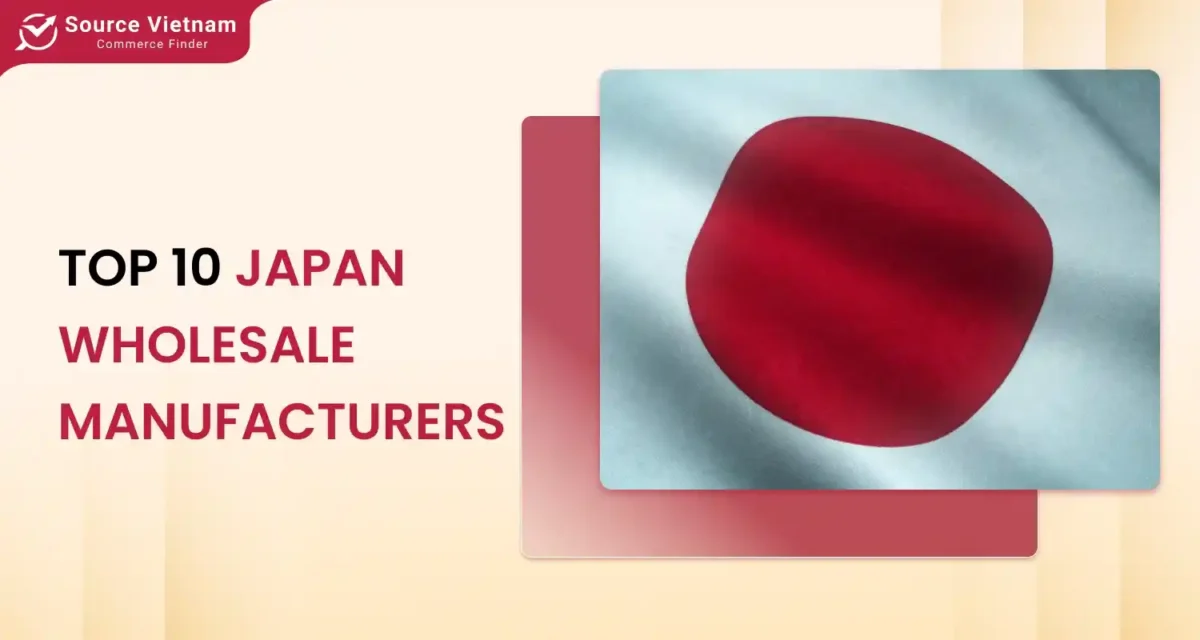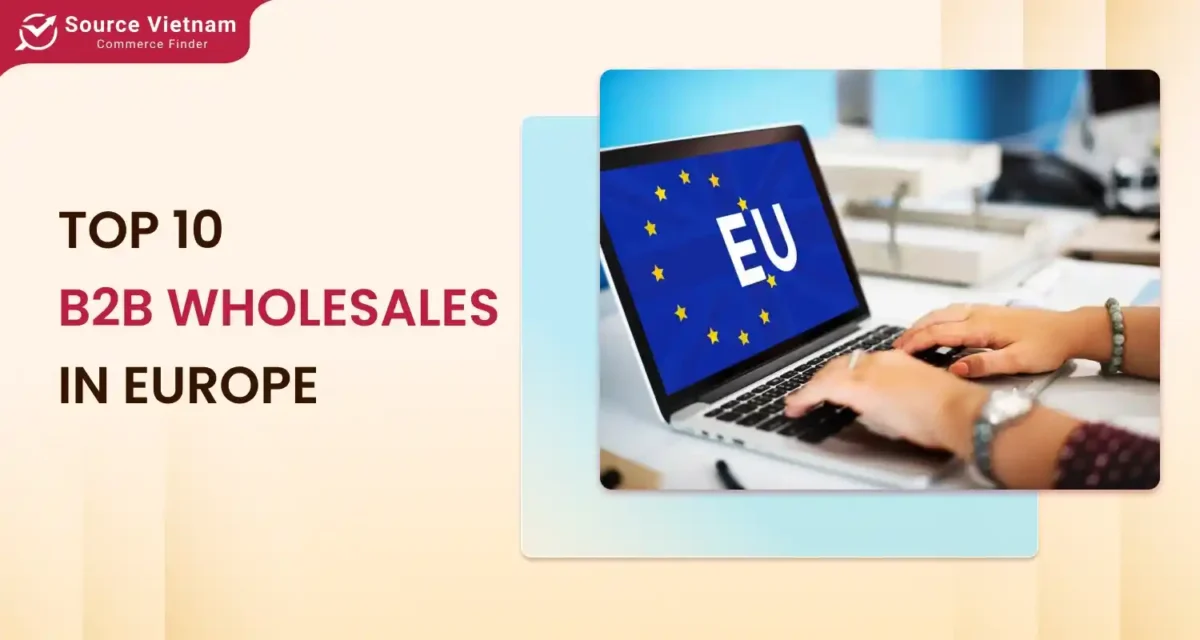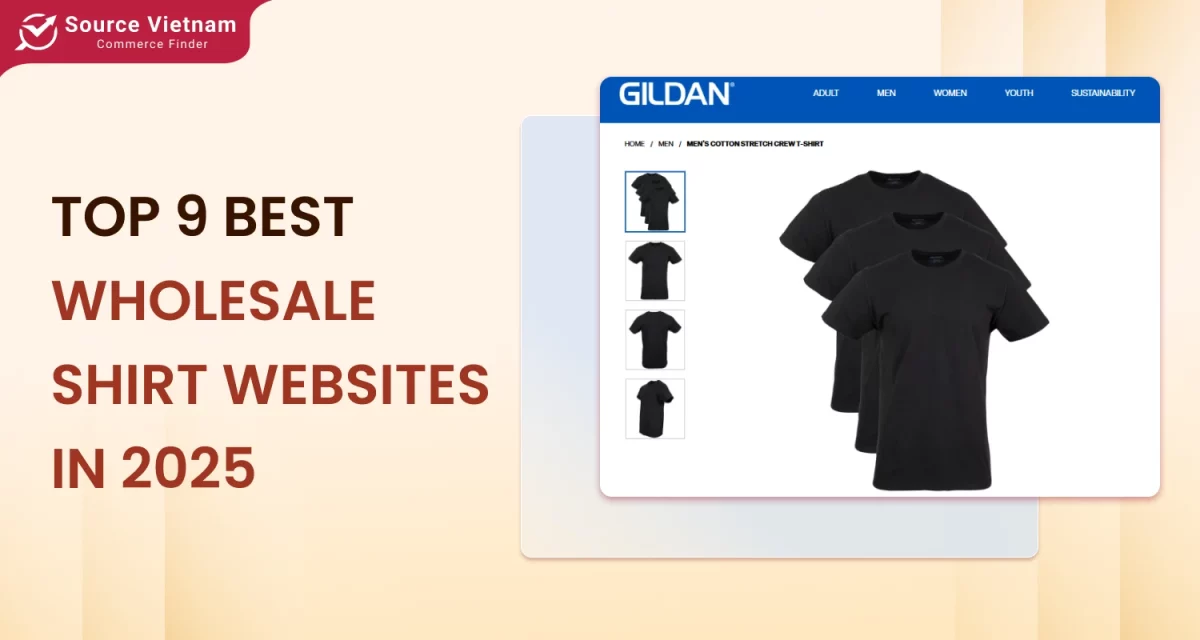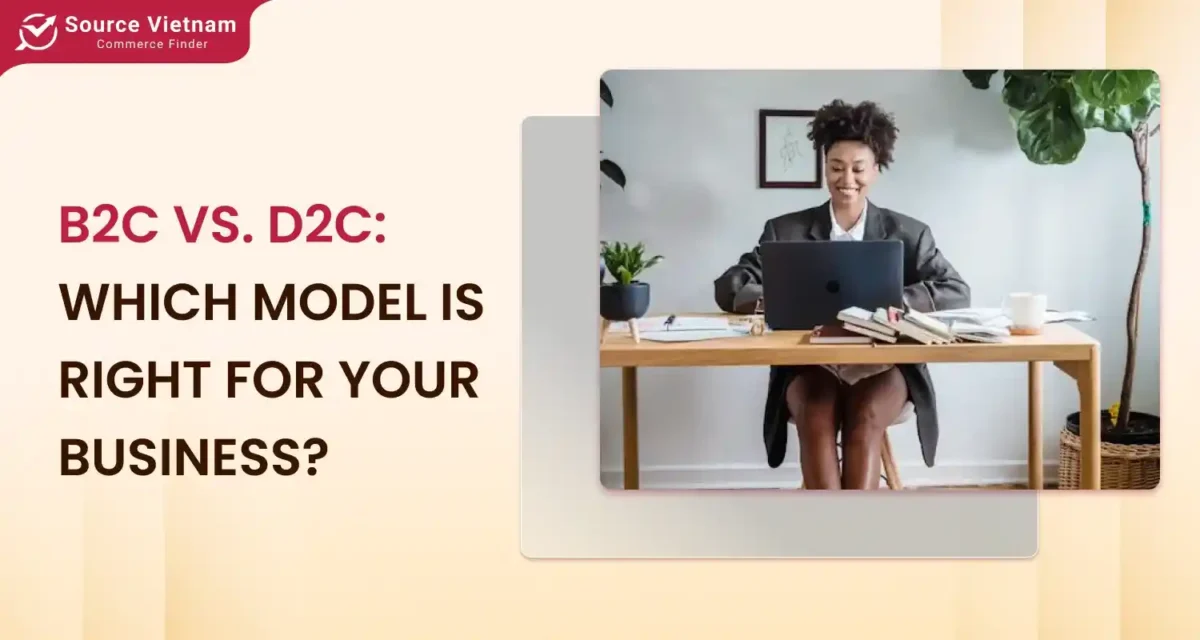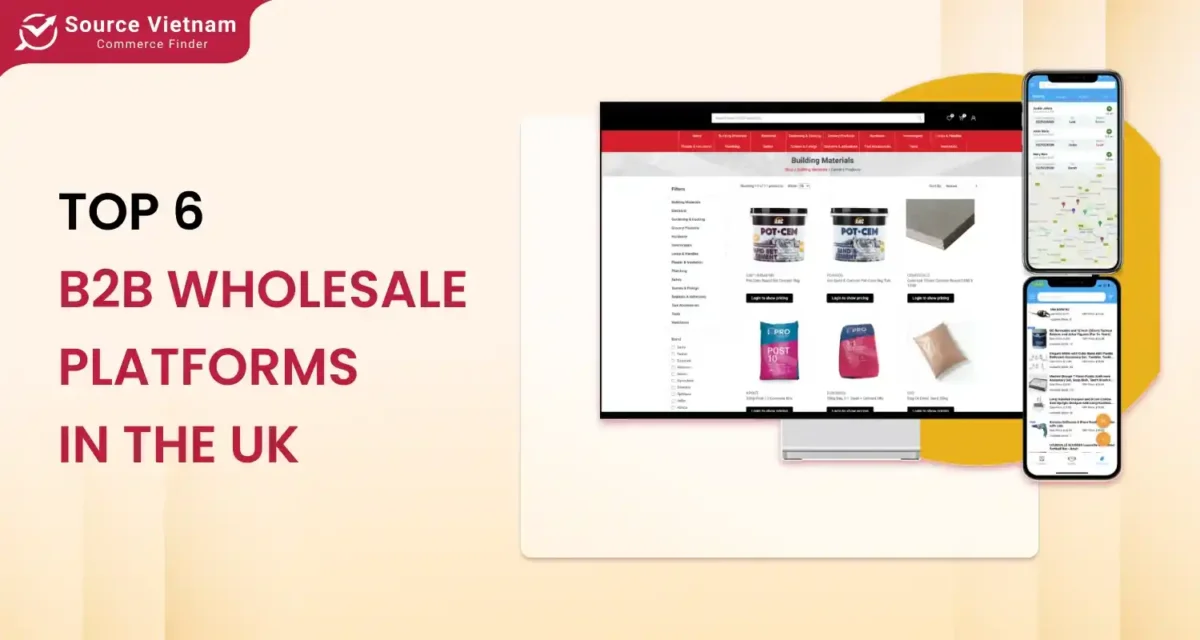B2B and B2G are distinct business models, with B2B focusing on sales to other businesses and B2G on sales to government agencies. The key differences lie in procurement processes, sales cycles, customer relationships, and contract sizes, with B2G often involving more complexity and regulations.
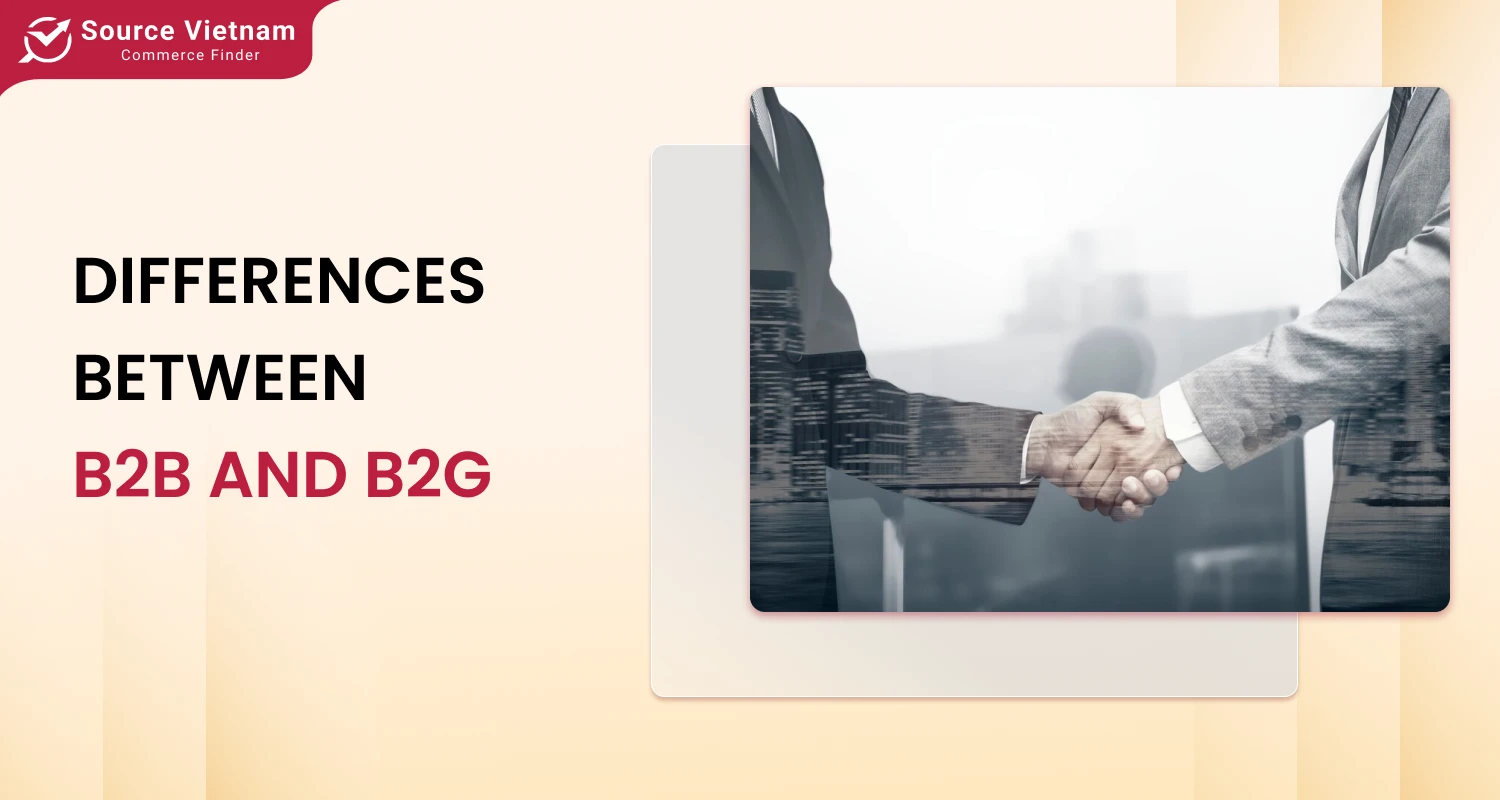
Why is it crucial to learn the difference between B2B and B2G? It holds the key to clarifying advantages to leverage and potential challenges that need preparation. As a result, you can unleash how to develop optimal strategies, streamline operations, and maintain high revenues no matter how competitive the market can be.
What is the B2B model?
The B2B (Business-to-Business) model indicates that companies sell their products or services to other businesses rather than directly to consumers. Thus, it typically involves complex sales processes, long-term relationships, and customized solutions tailored to each customer’s needs. B2B companies can range from manufacturers and wholesalers to software providers and consulting firms, such as Microsoft and SAP.
What is the B2G model?
B2G (Business-to-Government) is the model where companies mainly draw their revenues from doing business with government agencies or entities. B2G processes often relate to bureaucratic procedures and potential changes in government priorities. The industries of B2G companies vary greatly, from defense contractors and infrastructure providers to software developers. Two big B2G organizations are Boeing and Lockheed Martin.
Key differences between B2B and B2G
Through the B2B and B2G comparison, you can find the key distinctions between these two models. Due to the different groups of target audiences, B2B businesses tend to have looser processes than B2G ones. In other words, the level of complexity in B2G processes is higher than that of B2B processes due to the number of stakeholders involved and bureaucracy.
To examine these models more detail, we will guide you through crucial parts, including procurement, sales cycles, customer relationships, and contract sizes.
| B2B model | B2G model | |
| Procurement | Often more flexible and negotiable | Highly regulated and structured |
| Sales cycles | Shorter | Longer |
| Customer relationships | More personalized | Less personalized |
| Contract size and volume | Greatly vary | Often large orders |
Read more >>> What Is the Difference Between B2B and B2C?
Procurement processes
The brief walkthrough of each model above can help you better understand how B2B differs from B2G procurement. As the stakeholders involved in the B2B model are other businesses, it is easier for B2B companies to tailor their procurement processes to specific business needs. The flexibility in choosing suppliers allows these businesses to negotiate to secure favorable terms. In return, B2B companies tend to have long-term partnerships with suppliers.

On the other hand, B2G-model companies mainly process formal tenders and bidding processes to ensure fairness. It is also crucial to focus on transparency and accountability in supplier selection. Besides, they need to adhere to government regulations and procedures strictly. In other words, the whole procurement process of B2G companies needs to be under management and monitoring to comply with specific government procurement policies. That’s why the process tends to be more highly regulated and structured.
Sales cycles
B2B sales cycles generally take longer than B2G ones, as B2B companies can work directly and flexibly with other businesses. Thus, the decision-making process may involve fewer stakeholders. Another contributing factor to the shorter sales cycles is that B2B businesses can have more room for rapid negotiations and closures. B2B sales cycles usually last weeks to months.
B2G-model companies, meanwhile, need to go through multiple layers of approval and bureaucracy before making final decisions. They have tight budget cycles or fiscal years, which can extend the time necessary to consider possible choices. Therefore, B2G sales cycles can typically take several months to even years.
Customer relationships
The dynamics between companies and their target audience depend on their business model. B2B businesses prioritize mutual business growth and benefit through long-term partnerships. Also, they build strong foundations through personalized interactions and account management. As a result, B2B companies can gain and maintain their customers’ satisfaction and loyalty.

On the contrary, B2G companies tend to have more formal and structured relationships with their partners and clients. Due to regulations, there are also fewer personal interactions, ensuring transparency and fairness. Another element that sets B2G customer relationships apart from B2B ones is the higher focus on fulfilling contractual obligations and meeting performance metrics.
Contract size and volume
The target audience of B2B companies is businesses; hence, the contract sizes and volumes vary greatly depending on the business size and needs. There is also flexibility in contract terms and conditions in the contract, to match mutual benefits and goals.
B2G contracts are often larger due to government scale. They typically involve bulk orders and long-term contracts, which gives them higher values. However, these contracts need to be standardized in terms and conditions to ensure compliance with regulations.
Benefits of B2B vs B2G business models
Each model showcases its strengths in different aspects. This section highlights how B2B and B2G models can benefit a business, through which you can gain helpful insights for your optimal business strategy development.
B2B advantages
One of the biggest advantages B2B businesses love is the flexibility in sales cycles. B2B transactions often have shorter and more adaptable sales processes, so the decision-making and deal processes take less time. Thus, B2B companies can keep their cash flow and be more flexible in many situations.
In addition, focusing on long-term B2B partnerships leads to more stable and predictable client interactions. It alleviates customer relationship management and allows B2B brands to easily tailor solutions to meet their clients’ needs. These factors build a strong foundation for customer satisfaction, a key to unlocking sustainable success in the highly competitive market.
B2G advantages
B2G businesses can benefit from the stability of contracts, meaning that they will have a stable revenue stream and operational continuity. Additionally, government clients typically order in bulk with high values in each order. That’s why B2G companies have more possibilities for more lucrative contracts.
Moreover, being able to work with government clients is a great boost to a company’s reputation and prestige. It will open doors to other opportunities for further development in the future.
Challenges in B2B and B2G markets and how to overcome them
If we only look at the bright sides, we will be blindsided. Thus, a deep dive into the potential drawbacks of B2B and B2G models provides comprehensive insights into how they should navigate businesses.
Regulatory requirements
Compliance with government regulations specifically relates to B2G business operations. B2G businesses must prepare for a complex regulatory landscape, navigating federal, state, and local rules at strict standards like NIST, CMMC, or FISMA. The processes can be overwhelming and time-consuming due to extensive documentation for compliance, audits, and reporting purposes.
Not to mention the sudden policy changes that require B2G companies to stay updated and adapt quickly to remain compliant; otherwise, they might suffer penalties and be eliminated from the game due to high competition, which we will discuss further.
Competition
The market is competitive, no matter what model a business is in. Yet, the competition has different nuances that every B2B and B2G company has to deal with.
The B2B market welcomes numerous new players daily, meaning many rivals target the same corporate clients. The pressure of competing against other companies requires constant innovation and unique value propositions. Being at a good price while staying state-of-the-art in the rapidly changing market is challenging for a B2B business, as it has to balance its desired goals and the necessary resources.
Meanwhile, the heat of competition might be different in the B2G business world. B2G companies must undergo complicated bidding processes involving intricate procedures and extensive paperwork. Combined with the limited opportunities as government contracts are often awarded periodically, the competition level is getting more intense.
Real-world examples of B2B and B2G companies
There are no better illustrations than a deep cut into real-world case studies. This section unfolds the top successful organizations in both B2B and B2G models so you can learn more about navigating these markets.
IBM
IBM (International Business Machines) follows a hybrid B2B and B2G model. It leverages its extensive technology portfolio to serve corporate clients and government entities.
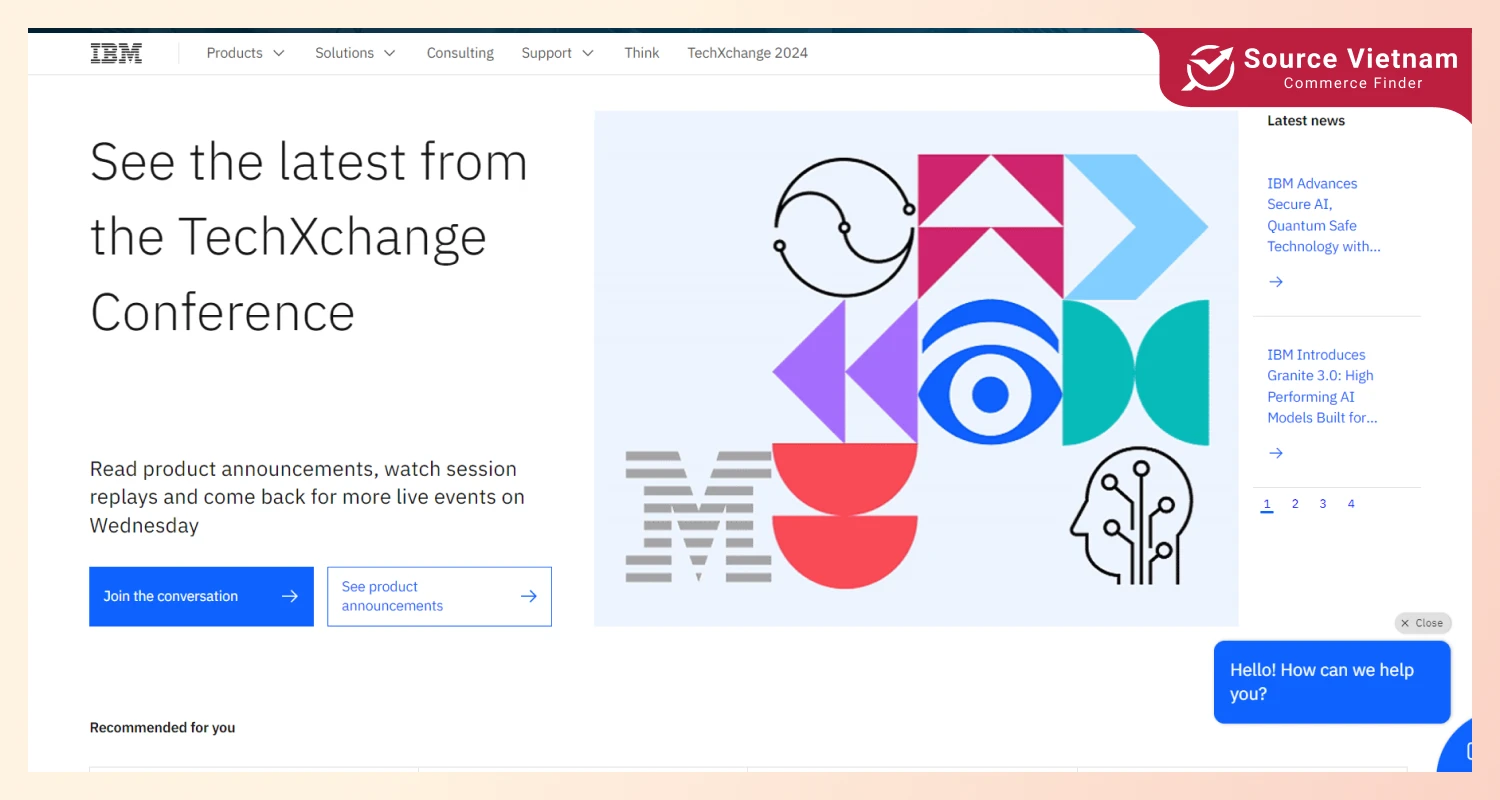
The main factors that make IBM successful are consistent R&D investments to maintain its position at the forefront of technological advancements. Moreover, IBM shows impressive adaptability when successfully transitioning from hardware to software and services. Its diverse portfolio of products and services also allows it to cater to various needs in both B2B and B2G sectors. IBM has operations in over 170 countries and strong partnerships with many other tech giants and startups to enhance its service offerings and expand its businesses.
Microsoft
Microsoft might need no further introduction as it is one of the largest B2B tech companies in the world. It specializes in software, hardware products, and services for businesses and organizations and provides comprehensive enterprise solutions to enhance their value propositions.
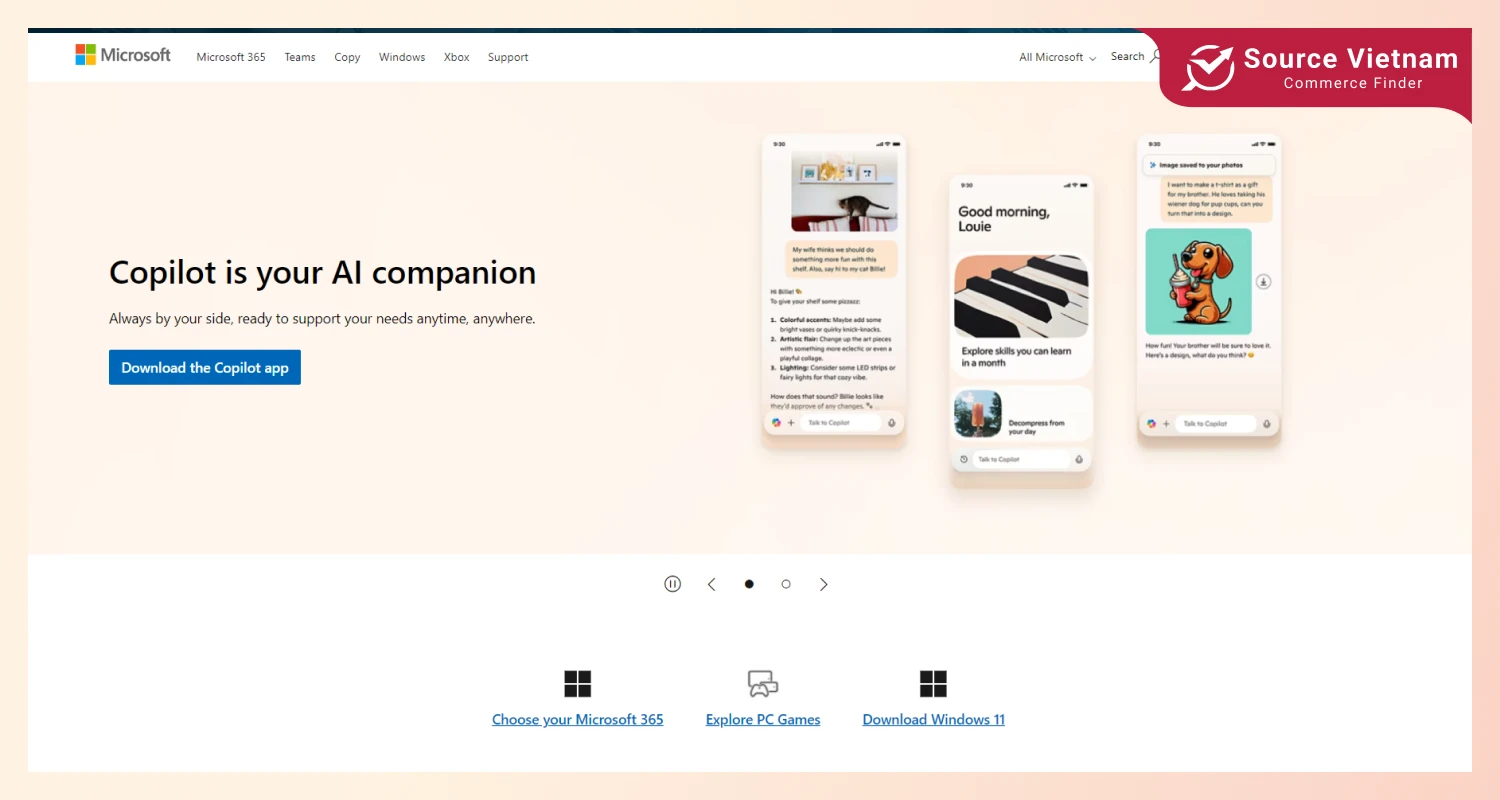
The focal point of Microsoft’s success is its constant innovation and research to stay ahead of the competition and be the first to introduce new technologies. Strategic acquisitions are another contributing element to its power. Microsoft has acquired key companies such as LinkedIn, GitHub, and Minecraft to expand its product offerings and market reach.
Boeing
Boeing primarily follows a B2G model, focusing on designing, manufacturing, and selling commercial and military aircraft for airlines and governments. Market dominance is the highlight of this brand, as it has significant sales portions and has become the top of mind in the commercial aircraft market.
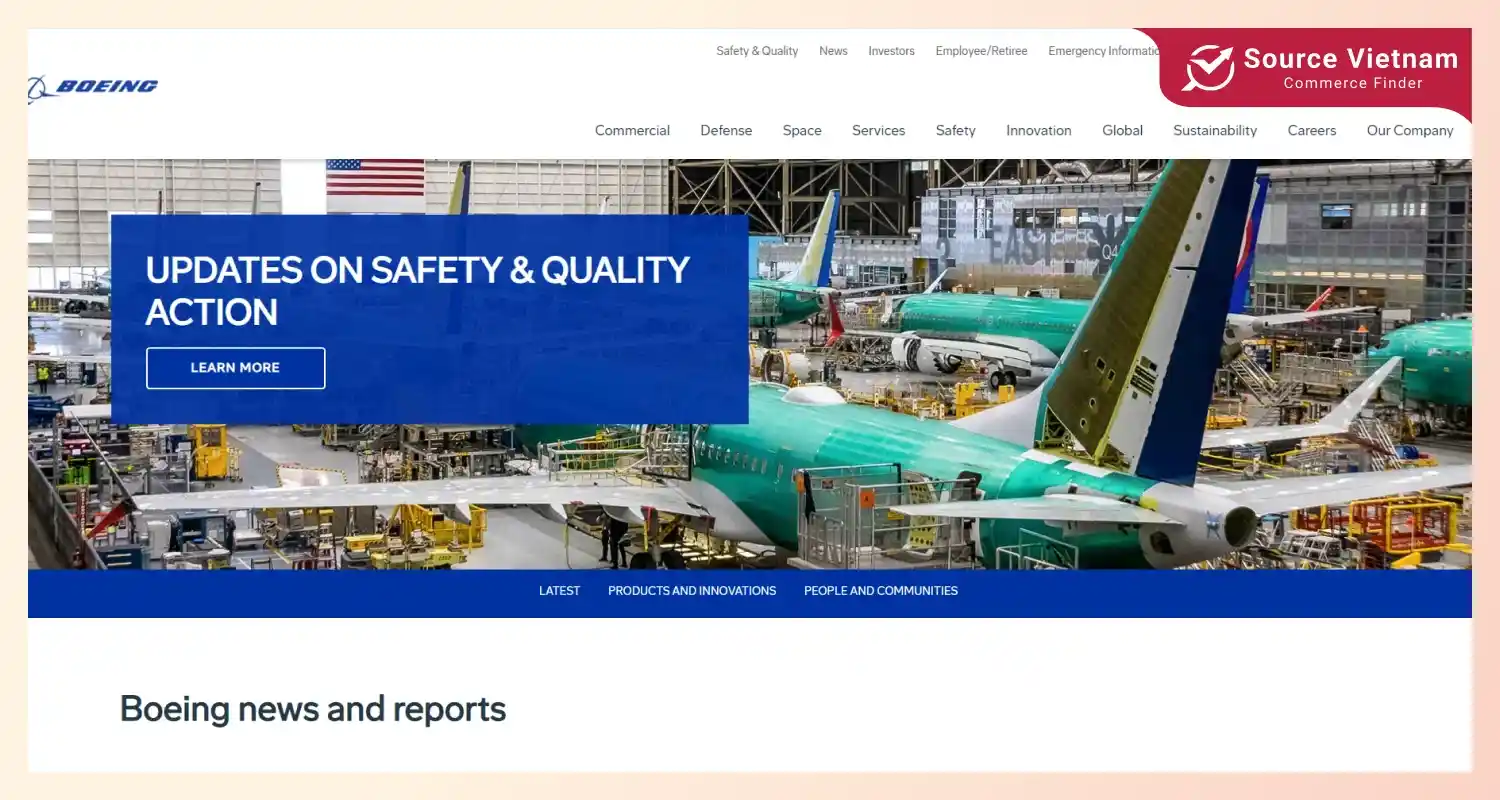
The relationships with government contracts also build Boeing’s reputation for its strong partnerships with suppliers and productive manufacturing processes. The brand enjoys a steady revenue stream thanks to government contracts to supply military aircraft to the U.S. Government and other countries.
SAP
SAP stands for SystemAnalyse Programmentwicklung (System Analysis Program Development). This corporation is among the biggest global enterprise resource planning (ERP) software companies. SAP’s main revenues come from transactions with other businesses, so it is a salient example of a B2B company.
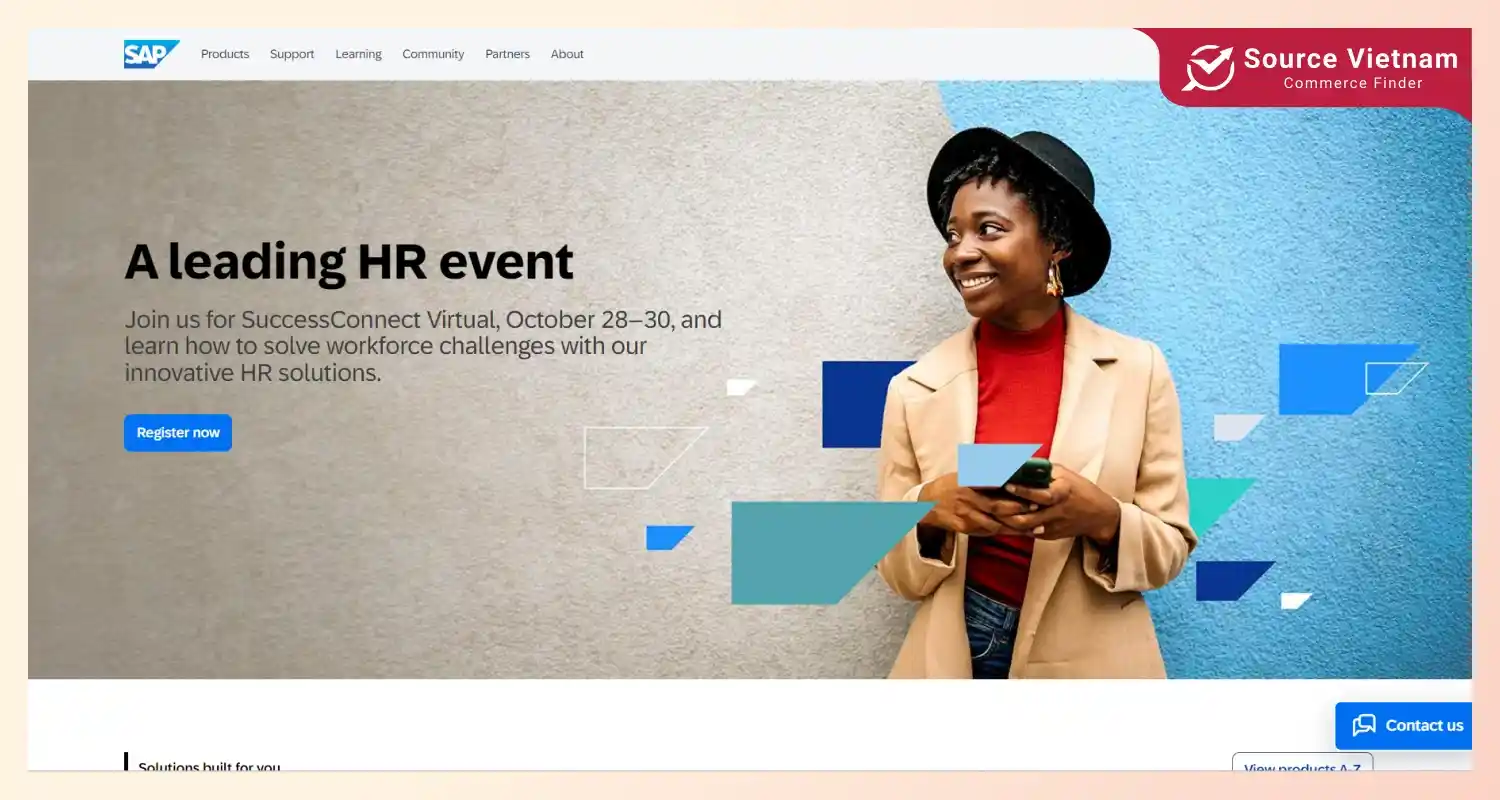
To survive in the highly competitive technology market, SAP can’t strengthen its position without heavy investments in research and development. Besides, SAP’s customization solutions improve clients’ satisfaction and foster brand loyalty. Another important part is SAP’s robust customer support, which includes implementation, training, and maintenance.
Lockheed Martin
Lockheed Martin shows its power as a B2G company, mainly focusing on manufacturing and maintaining advanced technology systems and products for the U.S. Government and its allies. Its reputation is for its research and development capabilities; the proof is its advanced technologies and systems for military applications.
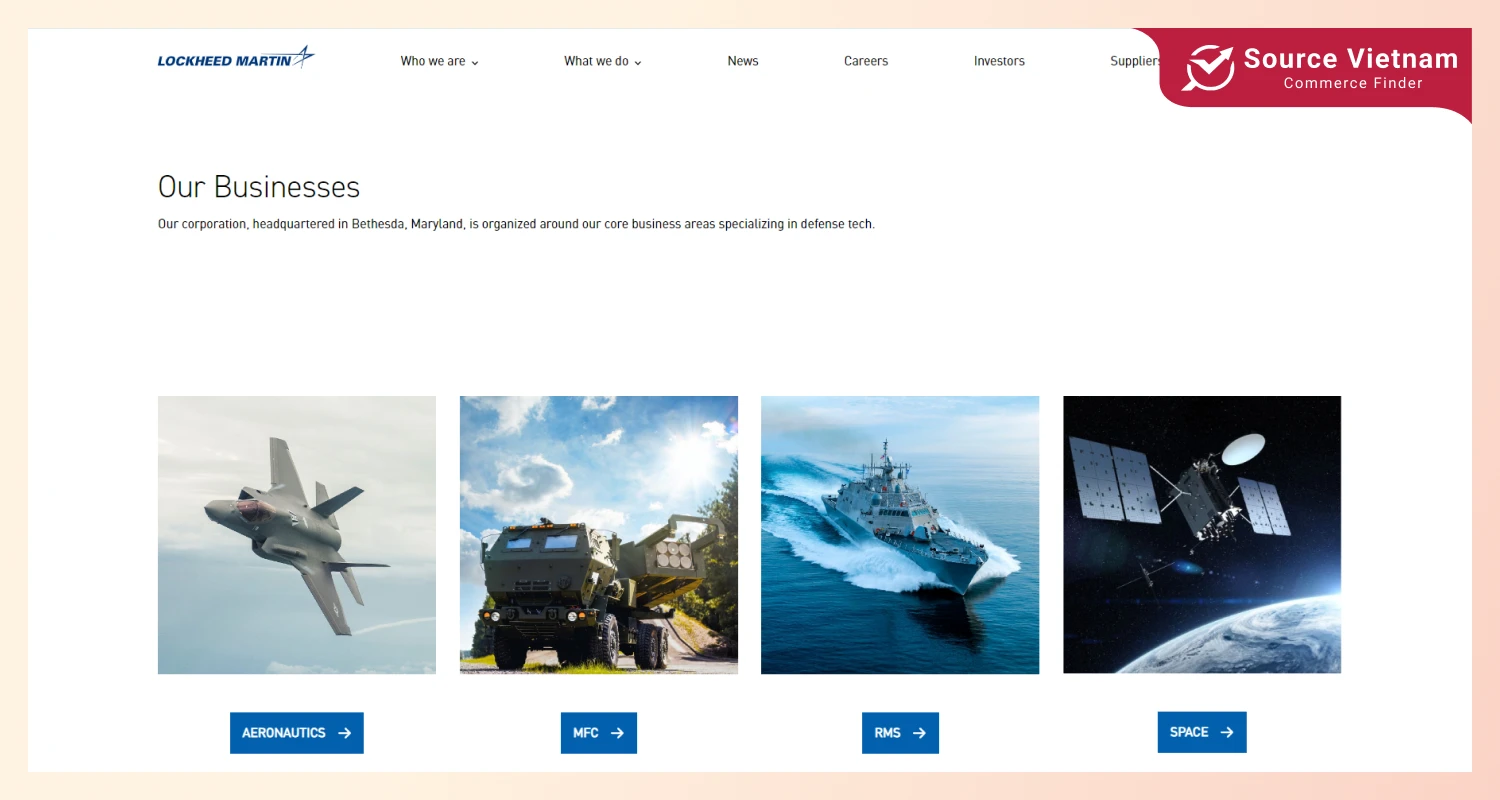
The main keys to its operations and consistent product quality are the collaborations between Lockheed Martin and its partners, such as defense contractors, suppliers, and government agencies. It also owns a diversified product portfolio including aircraft, missiles, satellites, and security systems. Hence, it can reduce reliance on any single product or market, making its success more sustainable amidst high fluctuations in business.
How to succeed in both B2B and B2G markets
The deep dive into some real case studies highlights the key difference between B2B and B2G and illustrates how to navigate B2B and B2G markets. Here are some noteworthy points for your strategy development and management.
- Understand the differences: Before doing anything else, you should first understand how the B2G model differs from the B2B model. Otherwise, you might not be able to operate and manage procurement, decision-makers, and compliance as productively as possible.
- Tailor strategies: Once you understand the distinctions between these two models, it is time to customize your plan to attract your target audience through efficient branding, marketing, and sales campaigns.
- Leverage strengths: One core point is to define your value propositions and then leverage your advantages, like industry expertise, technology, or customer service. These strengths can help your business thrive amidst high competition.
- Build strong partnerships: Whether you manage a B2B or B2G business, partnerships are crucial to streamlining your operations and maintaining the consistent quality of your products or services.
Conclusion
The element that sets B2B apart from B2G is the target audience in each company’s business activities. B2B companies mostly sell their products and services to other businesses, while B2G companies mainly work with governments through many stakeholders and layers of bureaucracy.
The walkthrough of key differences between B2B and B2G hopefully helps you understand how these models work and provides helpful insights into how you should operate and manage your business accordingly. One tip for navigating B2B or B2G companies is maintaining good supplier partnerships. SourceVietnam.com is one of the top wholesale platforms with diverse product portfolios, helping every business take off quickly.
FAQs
What are the key differences between B2B and B2G?
Business-to-business vs. Business-to-government is a common topic for those who want to see how distinct these models are.
- Decision makers: B2B decisions often involve multiple stakeholders within a company. Meanwhile, B2G decisions often involve government officials, procurement teams, and end-users.
- Procurement processes: B2G has to deal with more complex procurement processes, such as RFPs and RFQs. B2B procurement, on the contrary, can be simpler and adaptable as it is customizable.
- Compliance: B2G often has stricter compliance requirements related to regulations, ethical standards, and security, as the deals are mostly related to governments. B2B can enjoy a simple process as it only ensures everything complies with industry standards or certifications.
How can businesses enter the B2G market?
The B2G market has strict standards and rules, so research government procurement processes and compliance requirements in your desired business field beforehand. Next, you should build relationships with officials and existing contractors and learn how to demonstrate the value of your products or services to government agencies.
What industries are best suited for B2B and B2G models?
Technology, manufacturing, healthcare, finance, education, government, professional services, and logistics will be the highly recommended industries for B2B and B2G models. These industries often involve complex products or services yet are easily tailored to specific business or government needs, making them ideal for both B2B and B2G market segments.
What are the main challenges in Business to business vs business to government procurement?
B2B businesses must face the challenges of high competition and the pressure of constant innovation to stay ahead while balancing the production costs to provide good pricing. B2G procurement, on the other hand, can be more bureaucratic, with strict compliance requirements, competitive bidding processes, and multiple stakeholders involved in decision-making.

